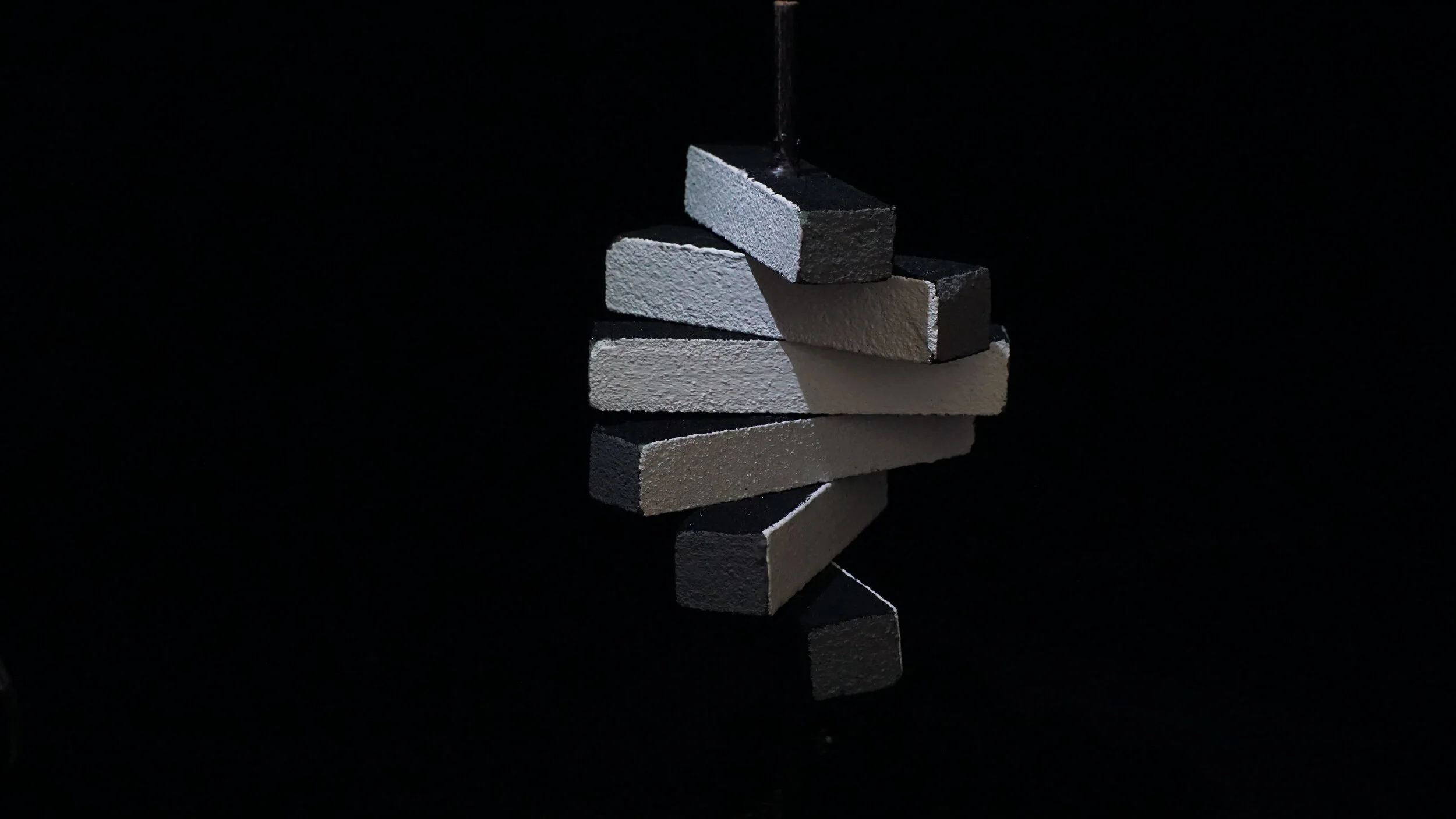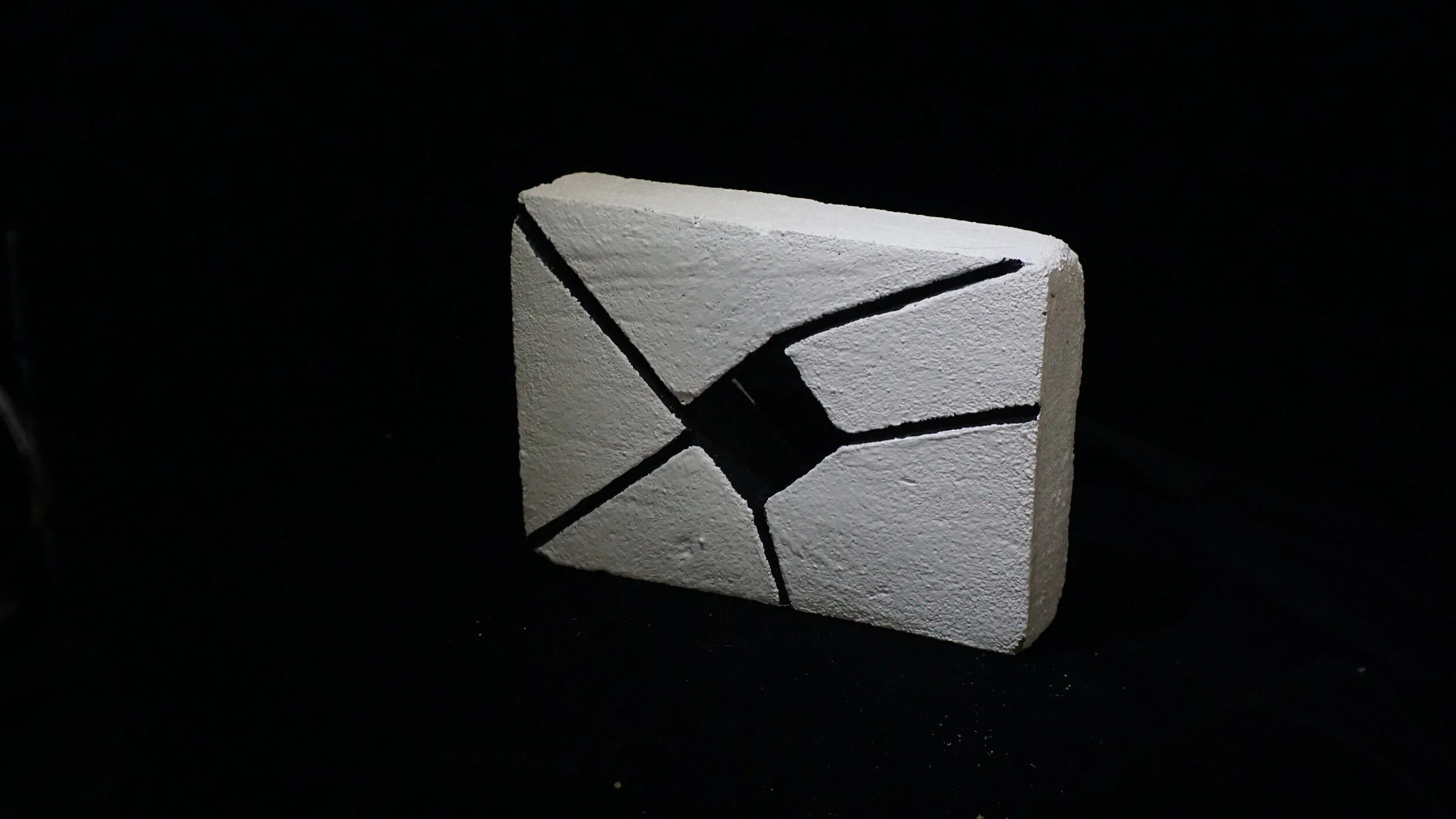SHP of THSEUS: a musical work for remote performers
RE/SHFT/ER
RE/SHFT/ER is Nick Hwang, Jeff Herriott, Eric Sheffield, Anthony T. Marasco, and Anna Weisling
We are a group of electronic musicians, composers, visual artists with roots from around Wisconsin and Louisiana.
RE/SHFT/ER is interested in creating and sharing tools that enable remote collaboration.
SHP of THSEUS is a musical work for remote performers where the musical parameters are continuously changing, controlled by other performers and audience members. SHP of THSEUS is a composition we worked on collectively, drawing inspiration from the Greek myth in which, while on his adventures, Theseus would slowly replace parts of his ship until every part was eventually replaced. This is a philosophical quandary of identity. We navigate this concept through the use of Collab-Hub and our individual performance setups, in combination with the score. Based on Mythology and the thought experiment of identity, the shape of the work is predetermined but as it progresses, almost all sonic, visual, and control data is replaced multiple times over. A transformational performance overall, the visual and aural progressional are interactive with the audience.
Origins: SHP of THSEUS was born from weekly improv live-streams prompted by the onset of the Coronavirus pandemic in 2020. The structure of the piece was devised collectively over a few months of weekly jam sessions. We started with a wide range of max patches and instruments, exploring different systems to relinquish control over various aspects of our patches to one another. Sometimes we told each other what they were controlling and other times we did not. The results were often interesting if uncertain and inconsistent.
Score: The composition of the piece uses a series of 10 graphical images, selected at random, that are sequentially presented to each performer. These graphical images are categorized as either ‘sound’ or ‘control’. When performers receive a ‘sound’ image, they interpret their image and contribute sonically. When performers receive a ‘control’ image, they interpret their image and send control data to the performers which affect the gestures performed by others. As we alter and perform one another’s patches over time, each of the individual performers relinquish control over some aspects of their own performance, even as they continue to steer forward with their interpretation of the score.
We devised the score to provide balance in terms of the amount of time each of us focused on making sound versus controlling the sounds of the other members of the ensemble. In the spirit of the piece and consideration of the concept of the quandary of identity, the interpretation of the gestures is left open, and the randomness in the score generation results in completely different arrangements in every performance, though we do provide some structure through the repetition of the first two images for each performer at the close of the piece, by which time the settings of their instrument have almost certainly undergone some unscripted changes.
Visual Performance: The visual elements of the performance were conceived to reflect both the real-time connection between collaborators over the course of the piece, as well as explore the work’s themes of translation and identity. Using the 2-dimensional graphic scores, I produced a set of 3-dimensional objects, which I manipulate in real-time and send to Jitter with a live camera feed. In jitter, I translate this video into 3D meshes for manipulation--By shifting between these different modalities--2D images to 3D objects to 2D video input to 3D geometries, I’m able to improvise content that reinforces that connective threads of the musical material while simultaneously responding and contributing to the collaboration visually.
Below you can see the transformation for three elements of the score from 2D score to 3D object, and then from 2D video input to 3D visual geometry
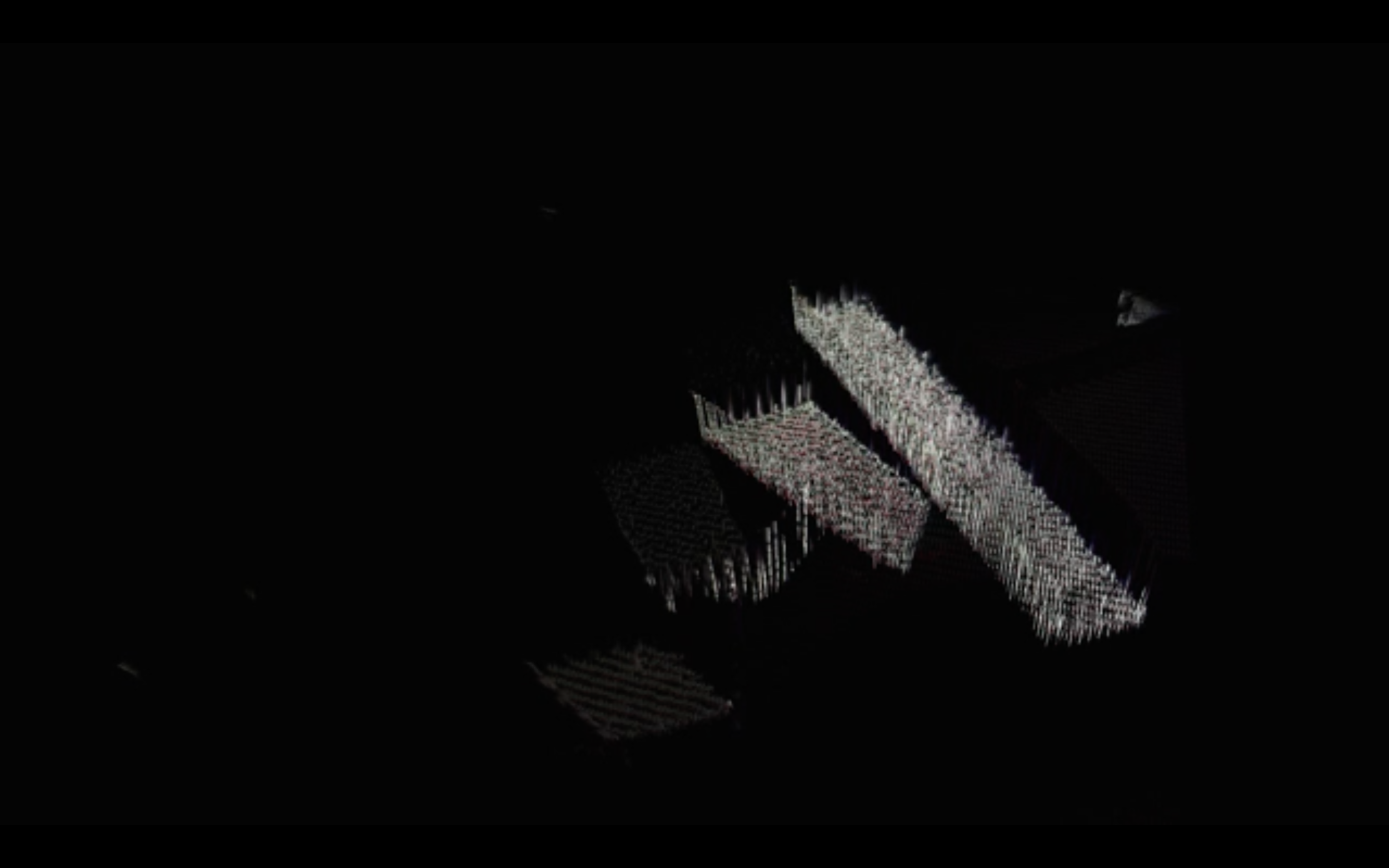
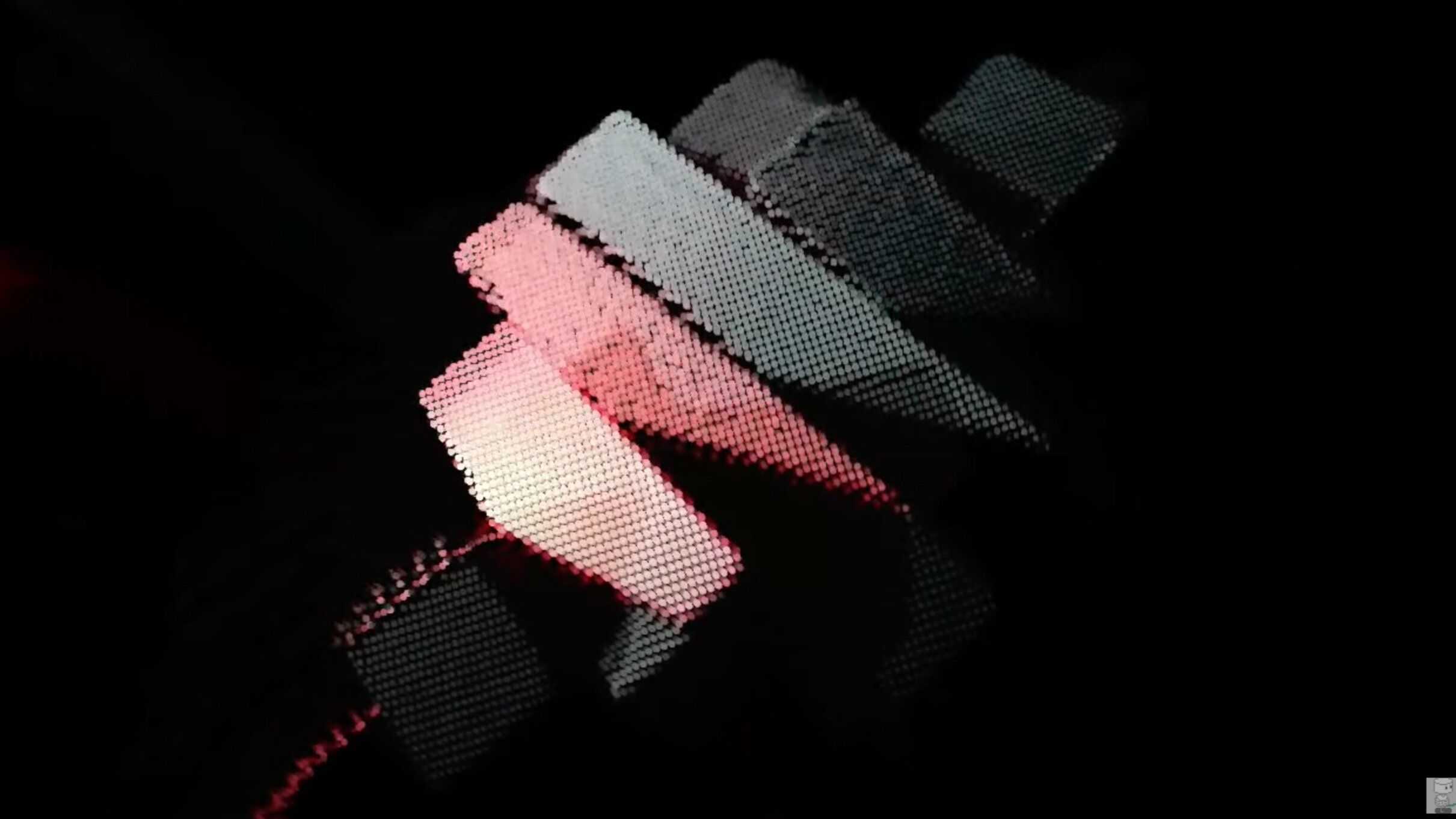
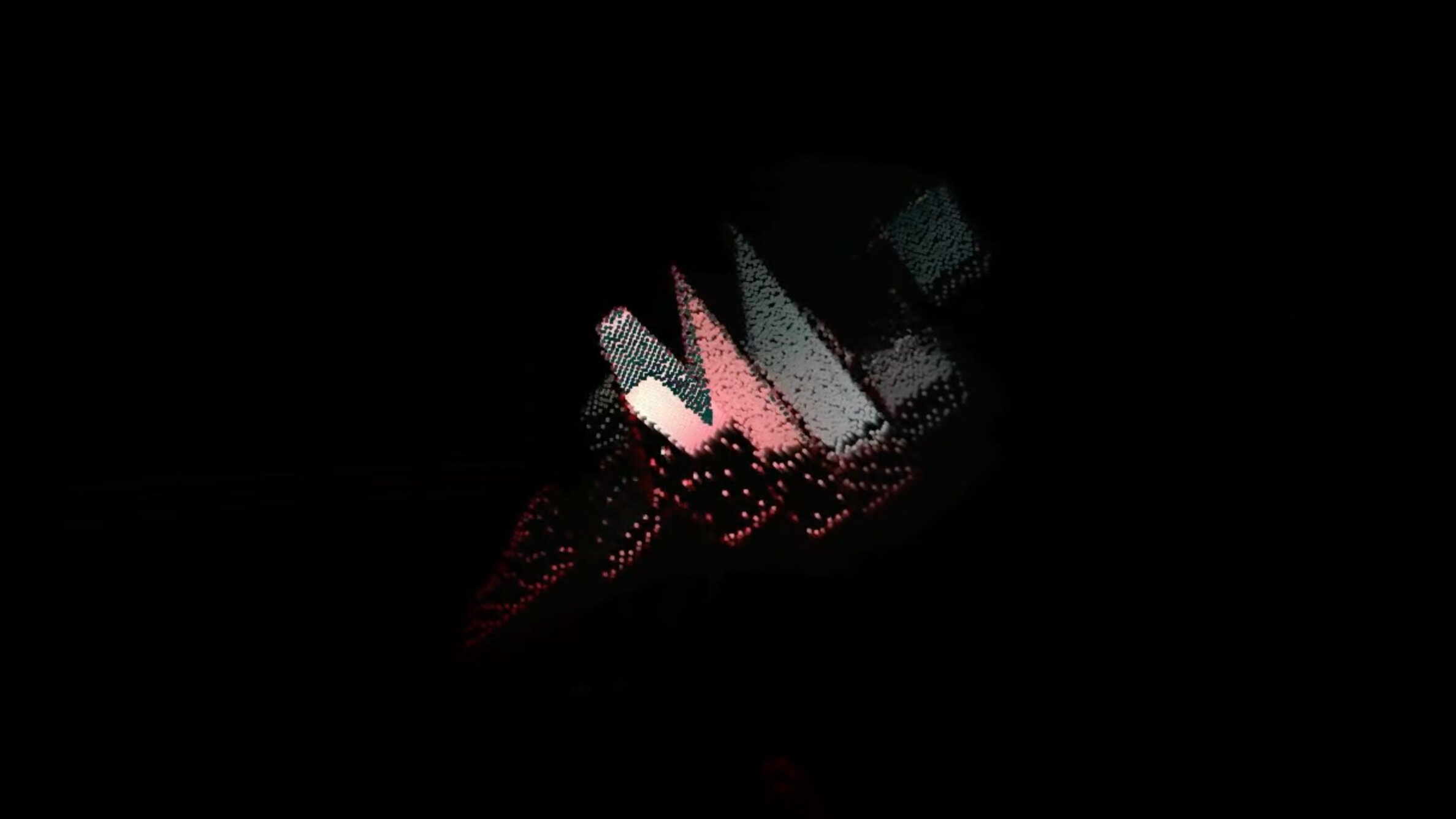
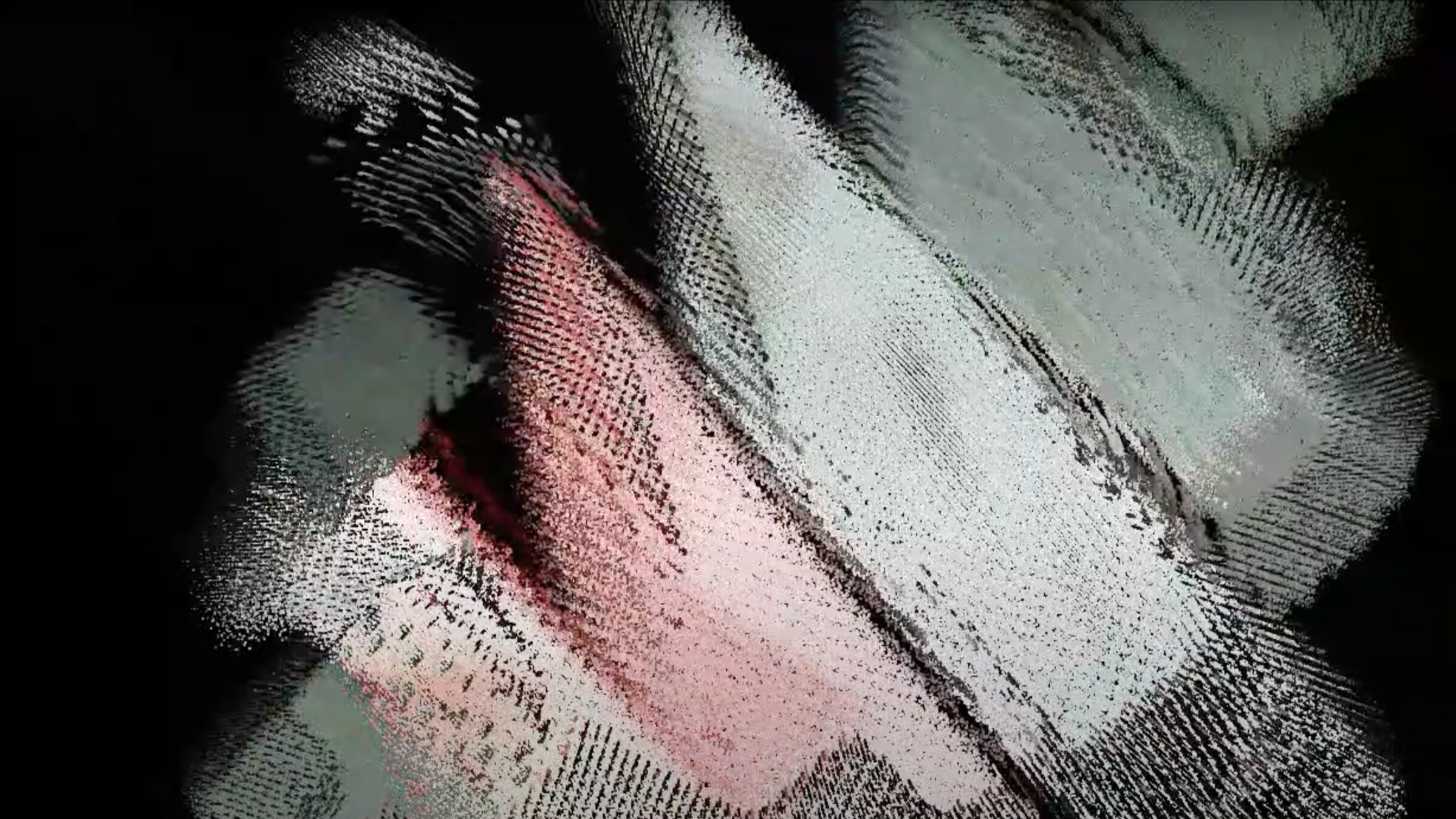
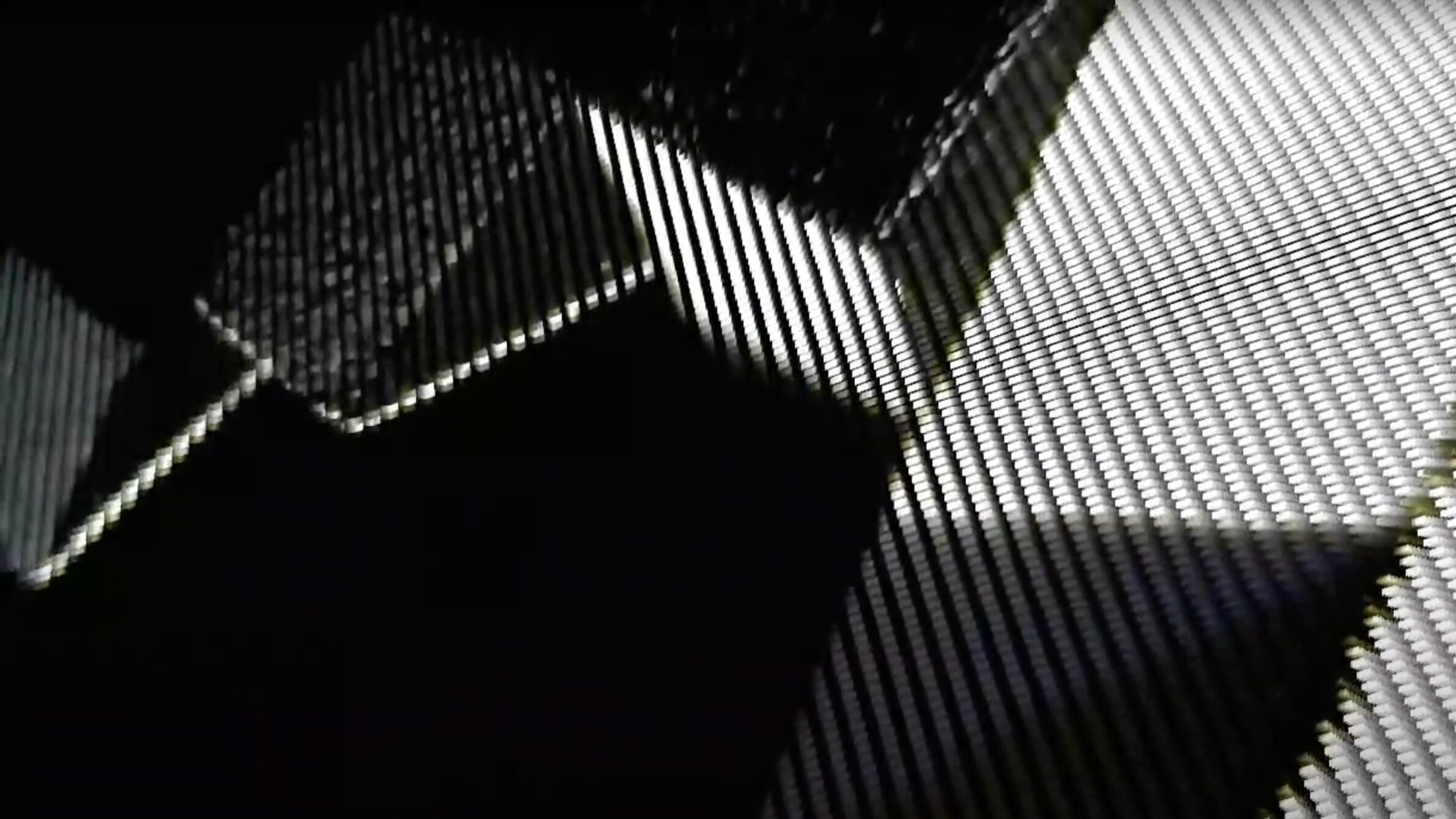
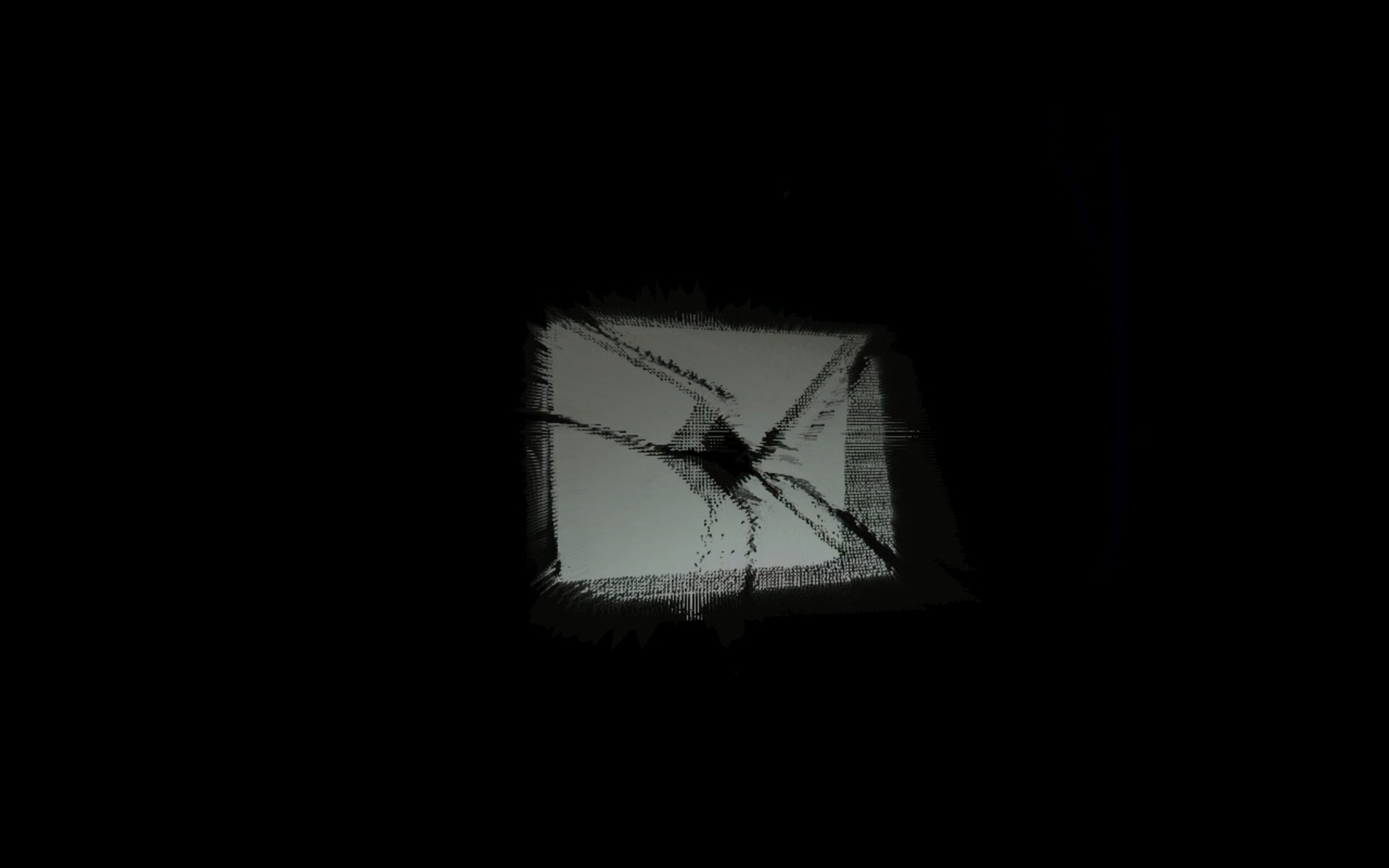
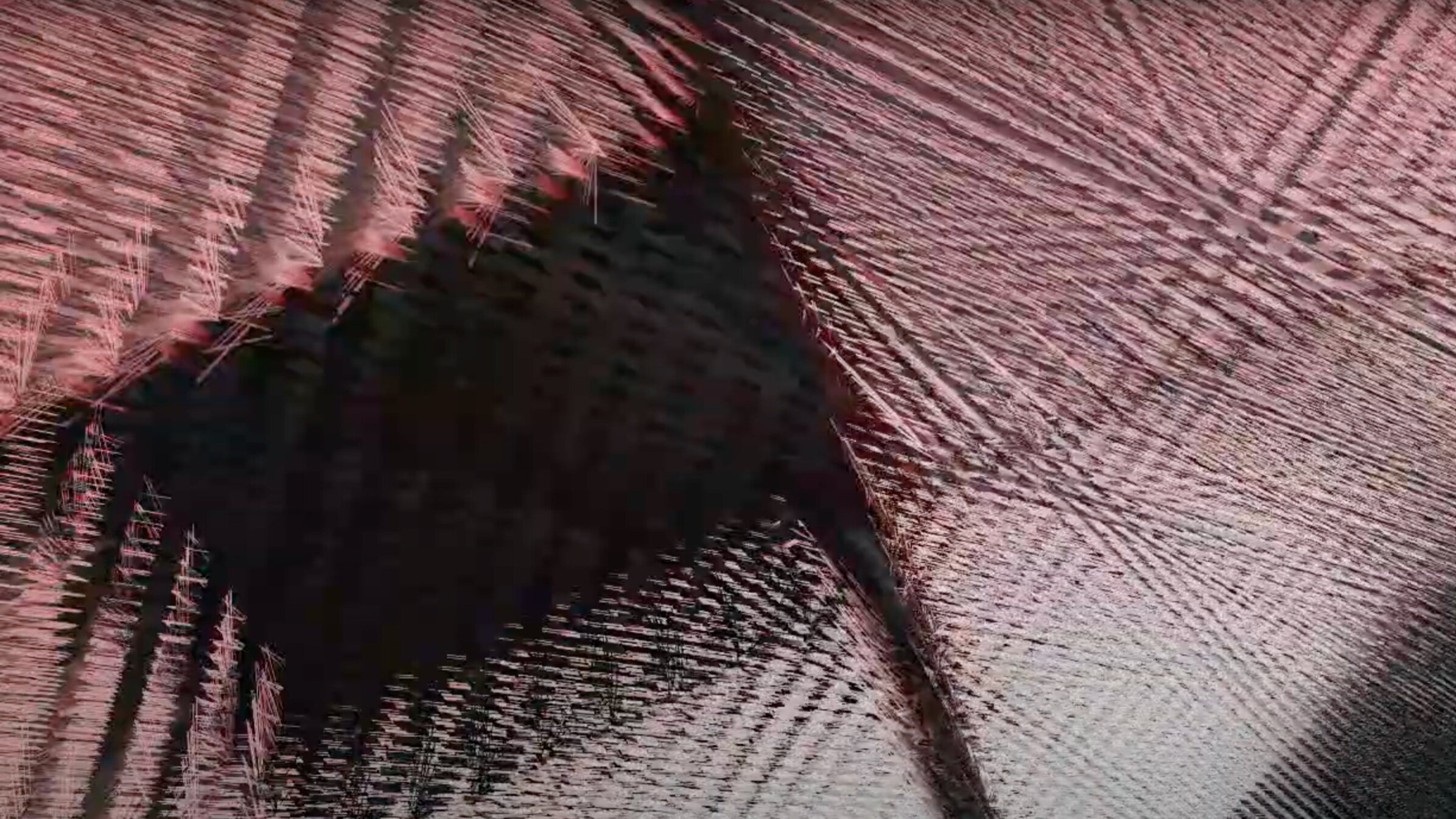
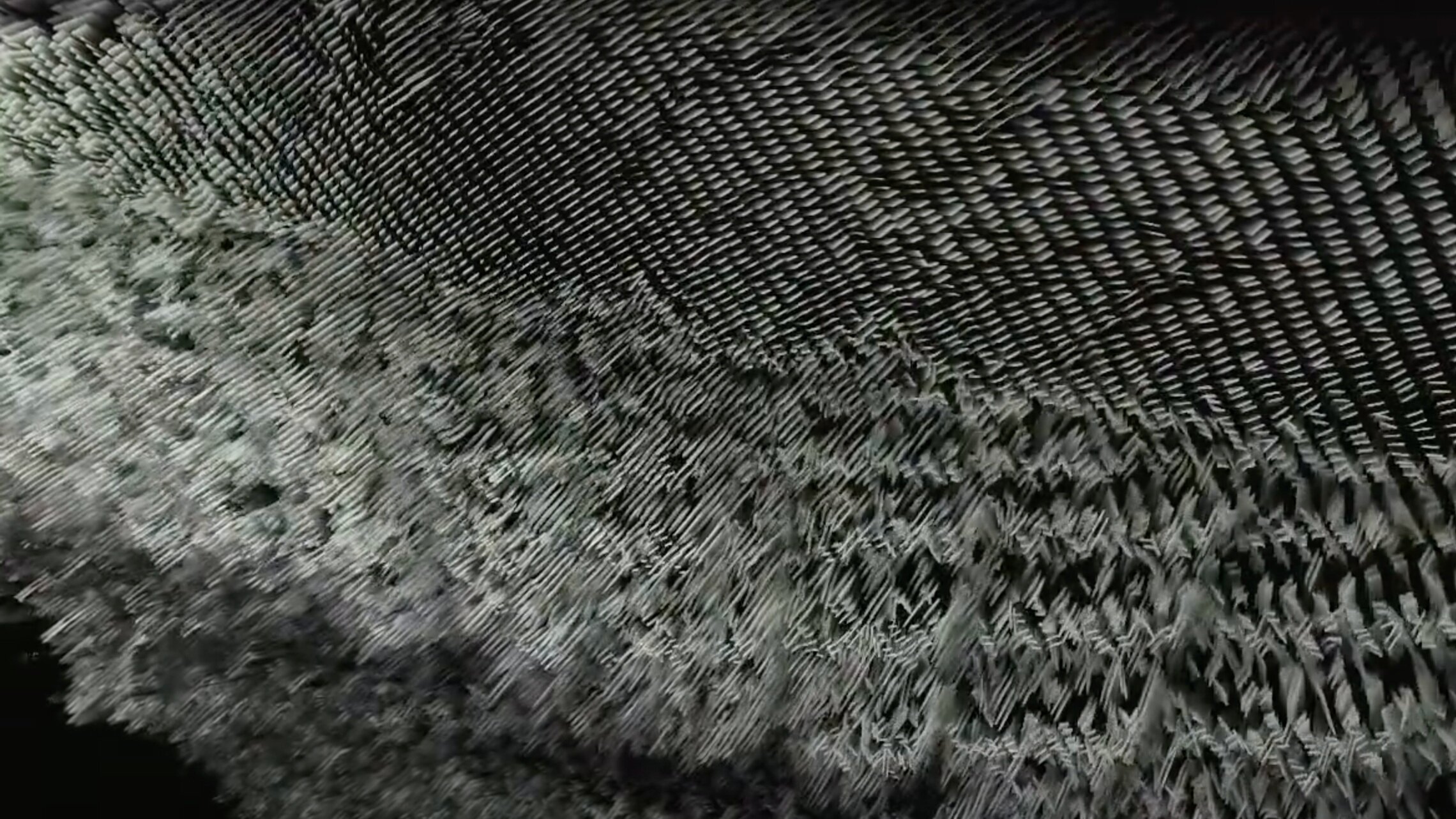
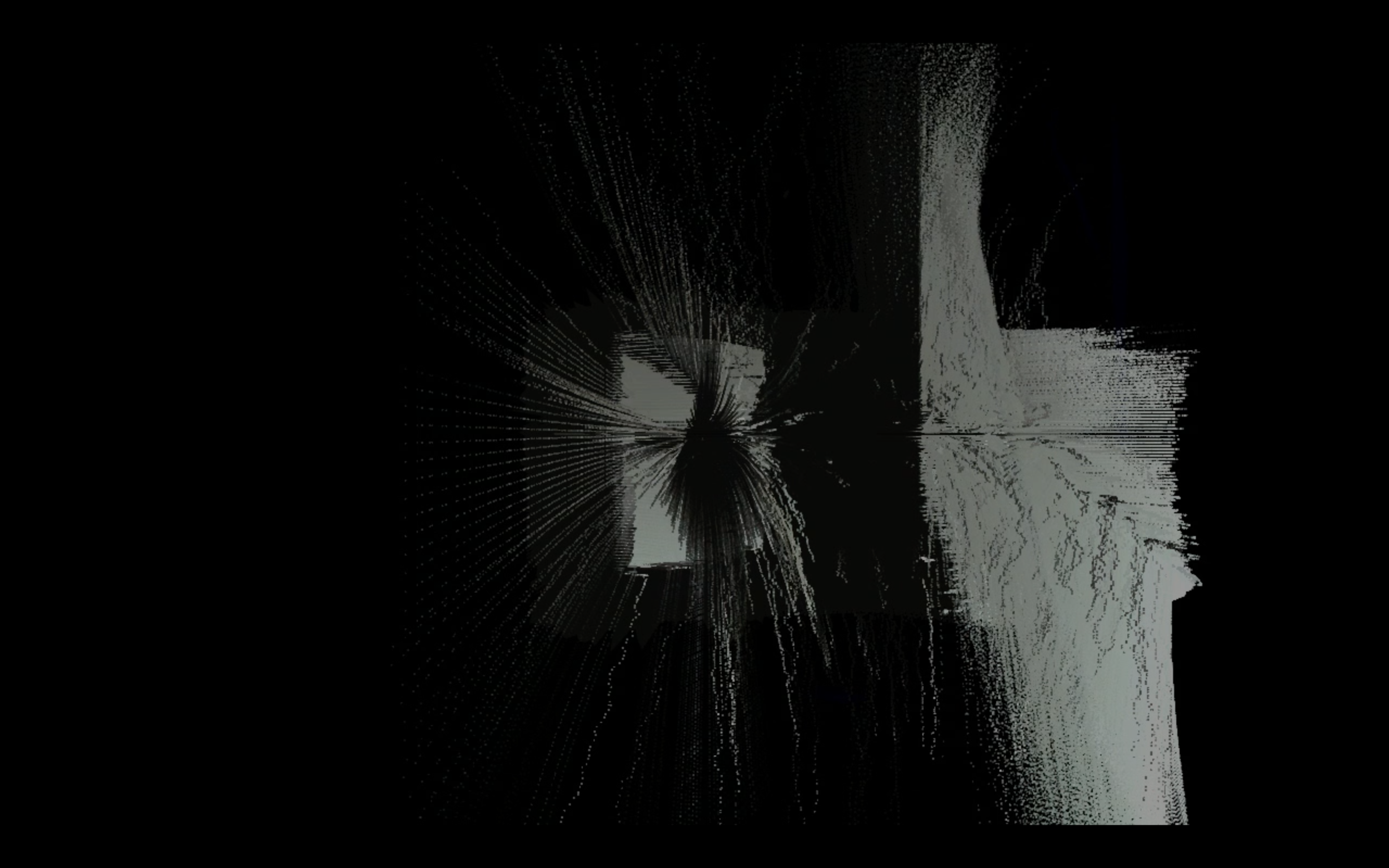
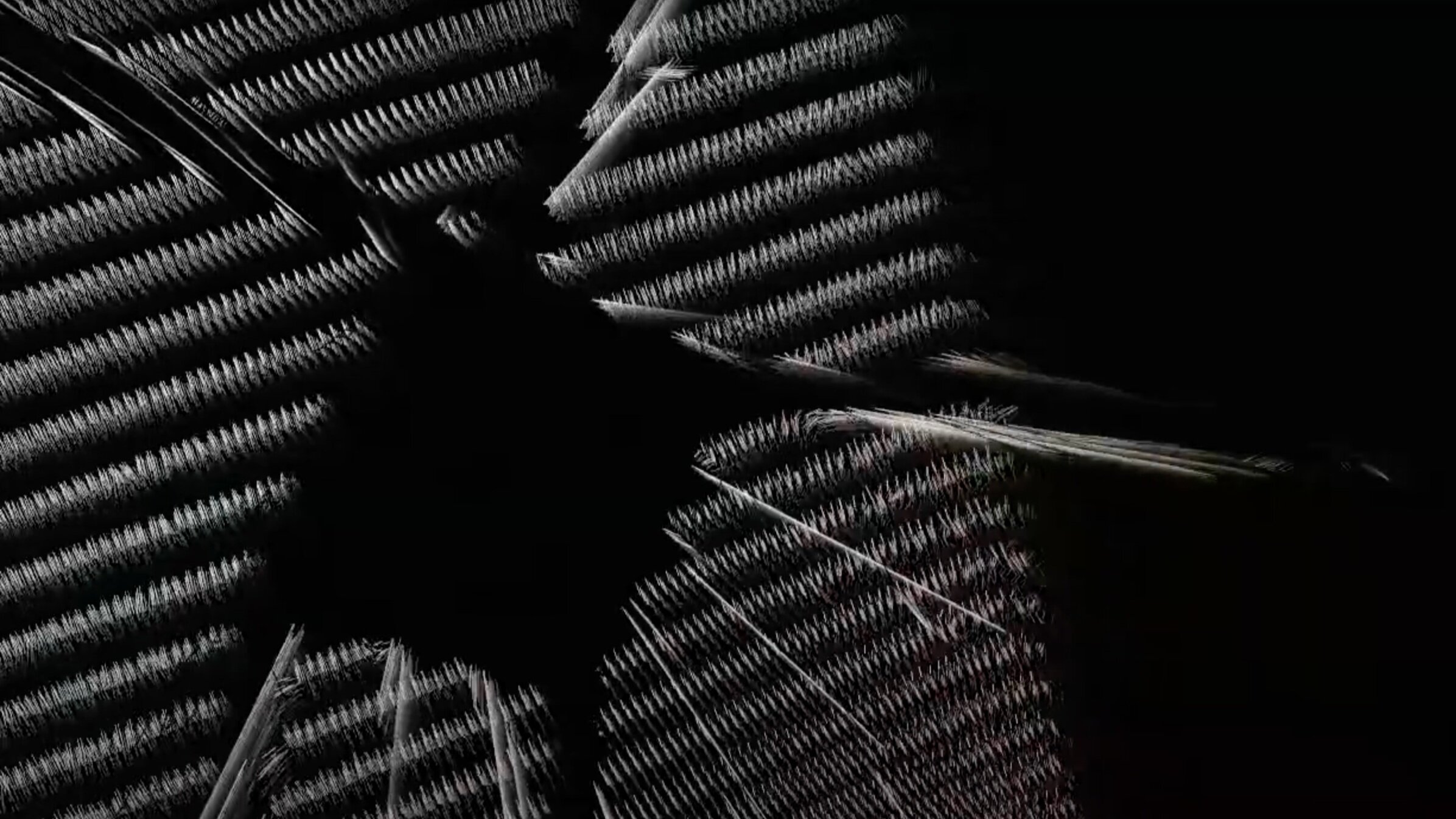


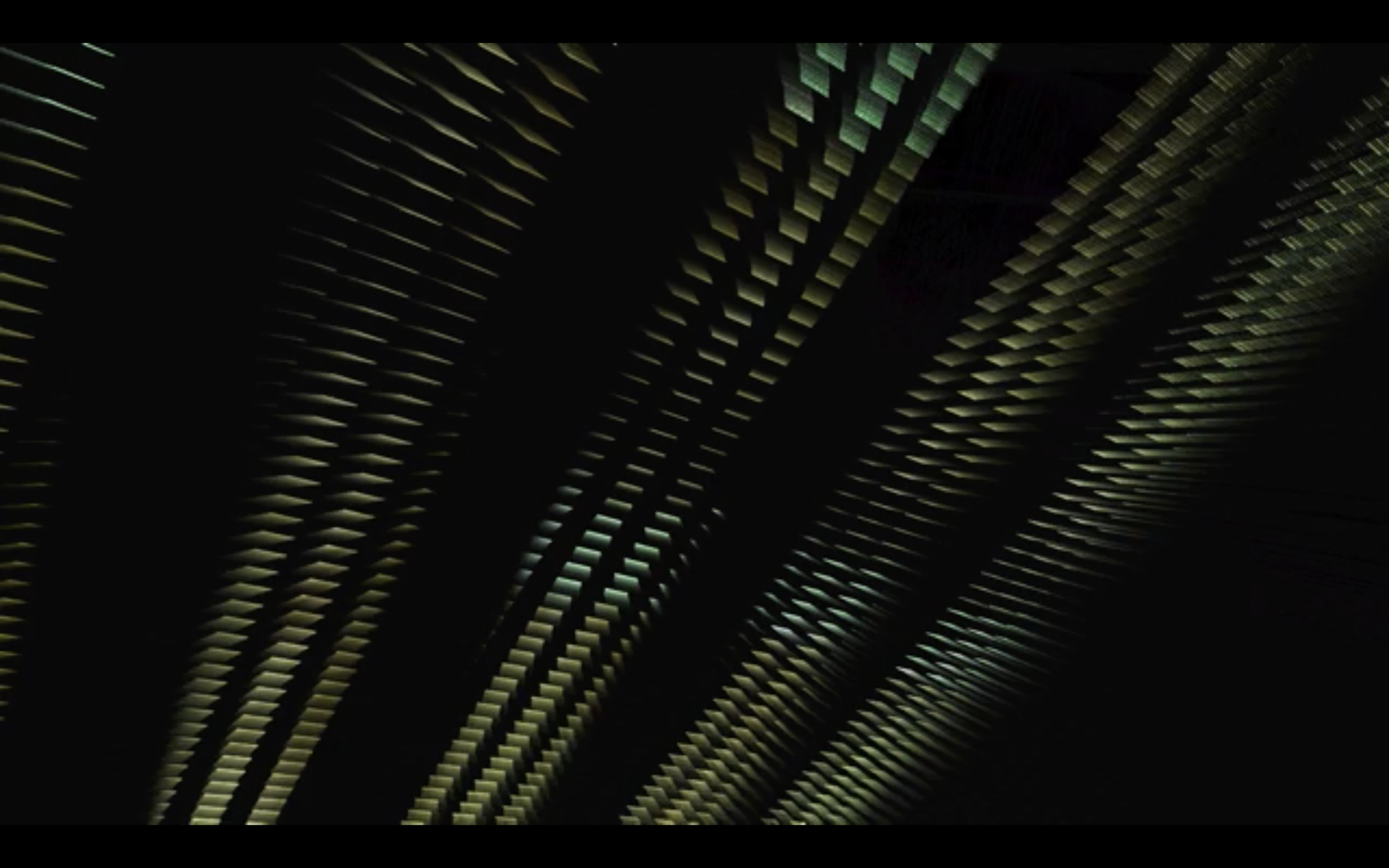
Collab-Hub: RE/SHFT/ER uses a collaborative tool called Collab-Hub (http://collab-hub.io), which is a node-based control-value server for any number of performers across the internet. Performers/clients can connect computers (and circuit-bent devices e.g., https://www.benditio.com/) and send control data to others on the server. This allows us to create collaborator-dependent musical instruments through programs like Max. Collab-Hub allows us to coordinate the graphical score and send control data over the internet. The system allows us to send all sorts of data to any number of performers—throughout the piece, we are controlling portions of each other’s instruments.
RE/SHFT/ER: More information about the members of the ensemble can be found using the links below.
Nick Hwang: https://nickhwang.com/
Nick Hwang is a composer and interactive artist whose research has involved networked performance and collaborative art-making.
Eric Sheffield: https://www.ericsheffield.net/
Eric Sheffield is a musician and educator currently focused on physics-based modeling, networked performance, and popular music.
Anthony T. Marasco: http://atmarasco.com/
Anthony T. Marasco is a composer and interactive artist whose work focuses on extending networked performance techniques to circuit-bent and remediated hardware and creating collaborative sonic experiences between audience members and musicians.
Jeff Herriott: https://jeffherriott.com/
Jeff Herriott is a composer whose music focuses on sounds that gently shift and bend at the edges of perception, featuring interaction between live performers and electronic sounds.

















